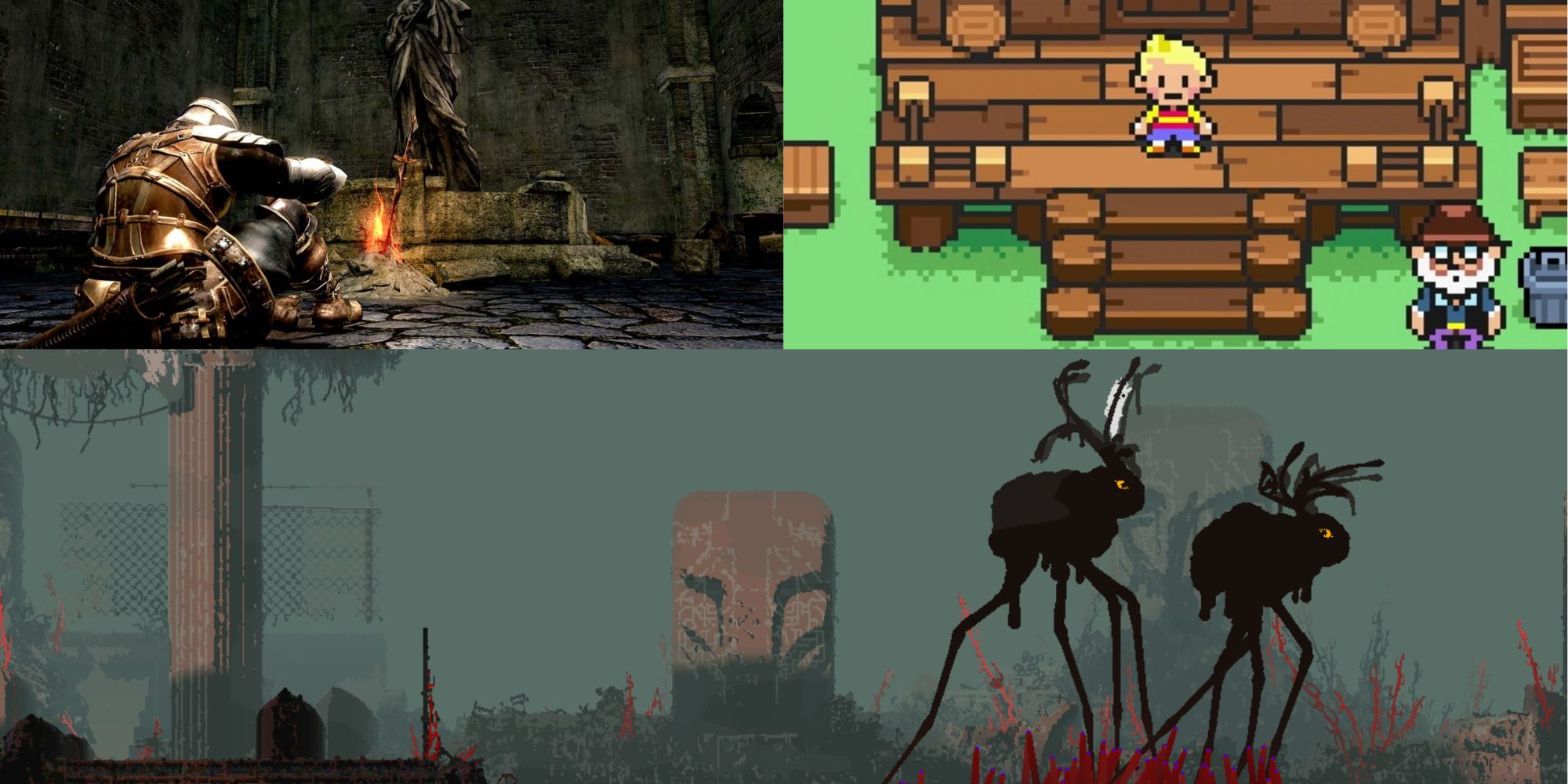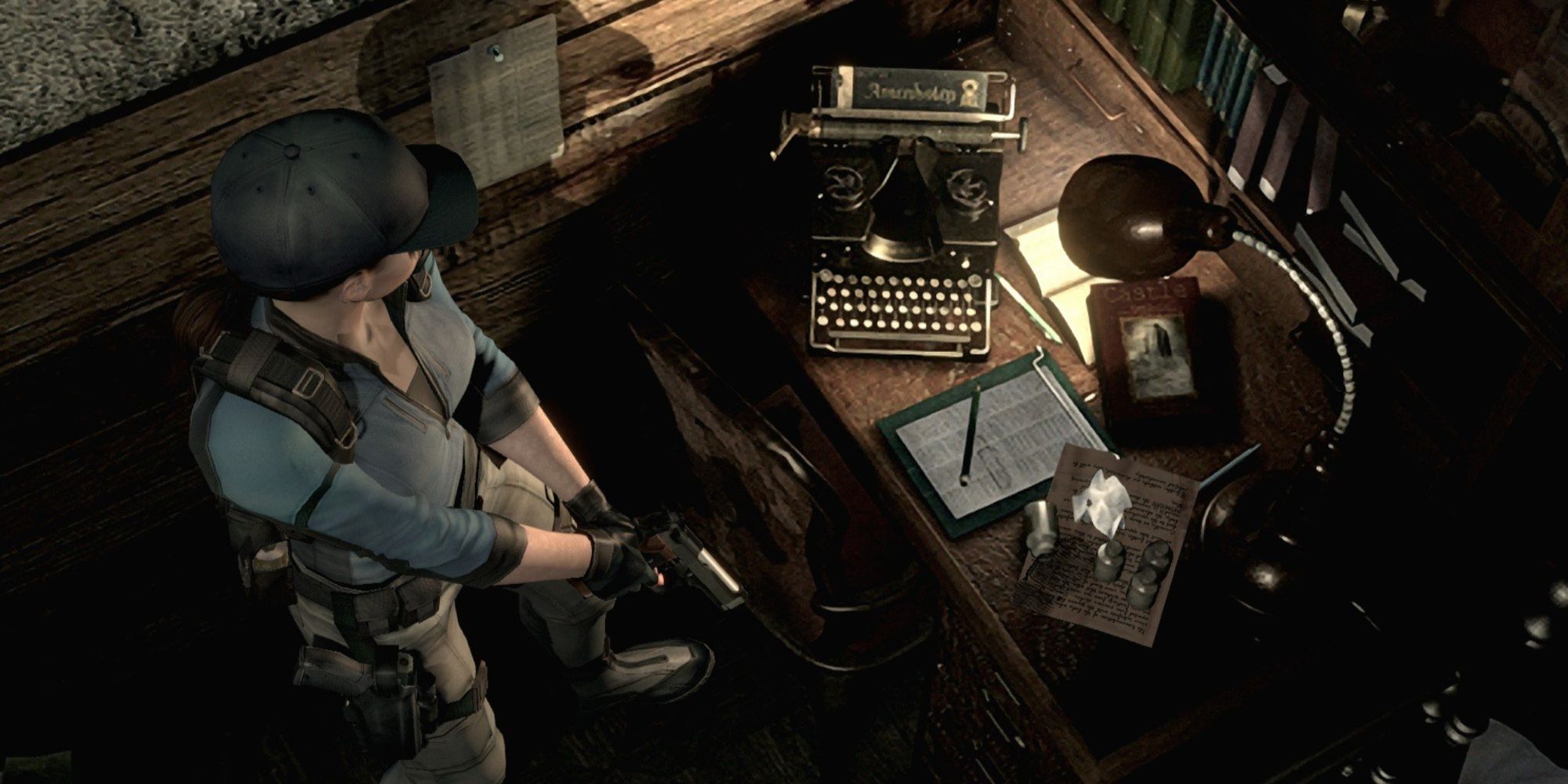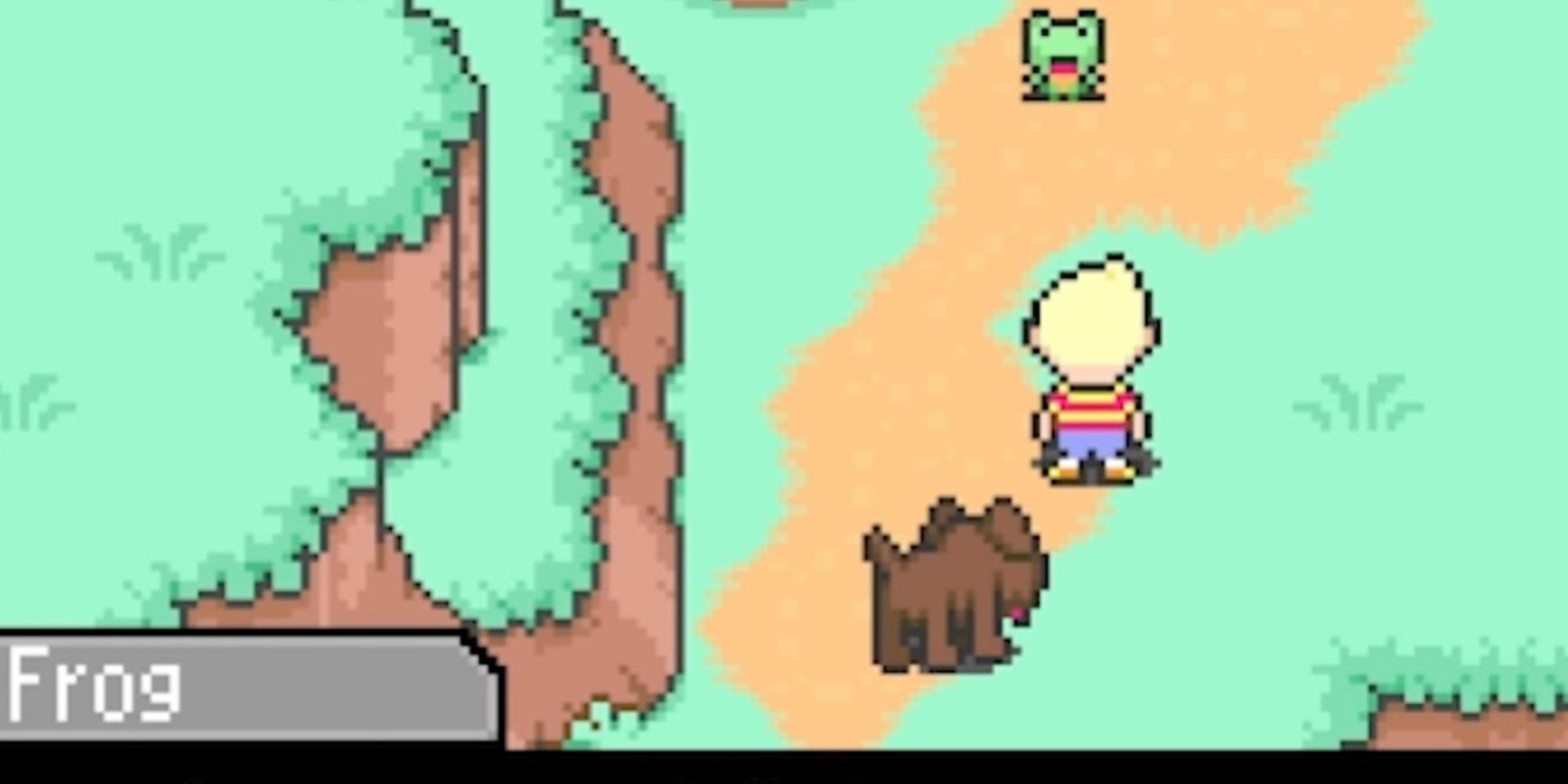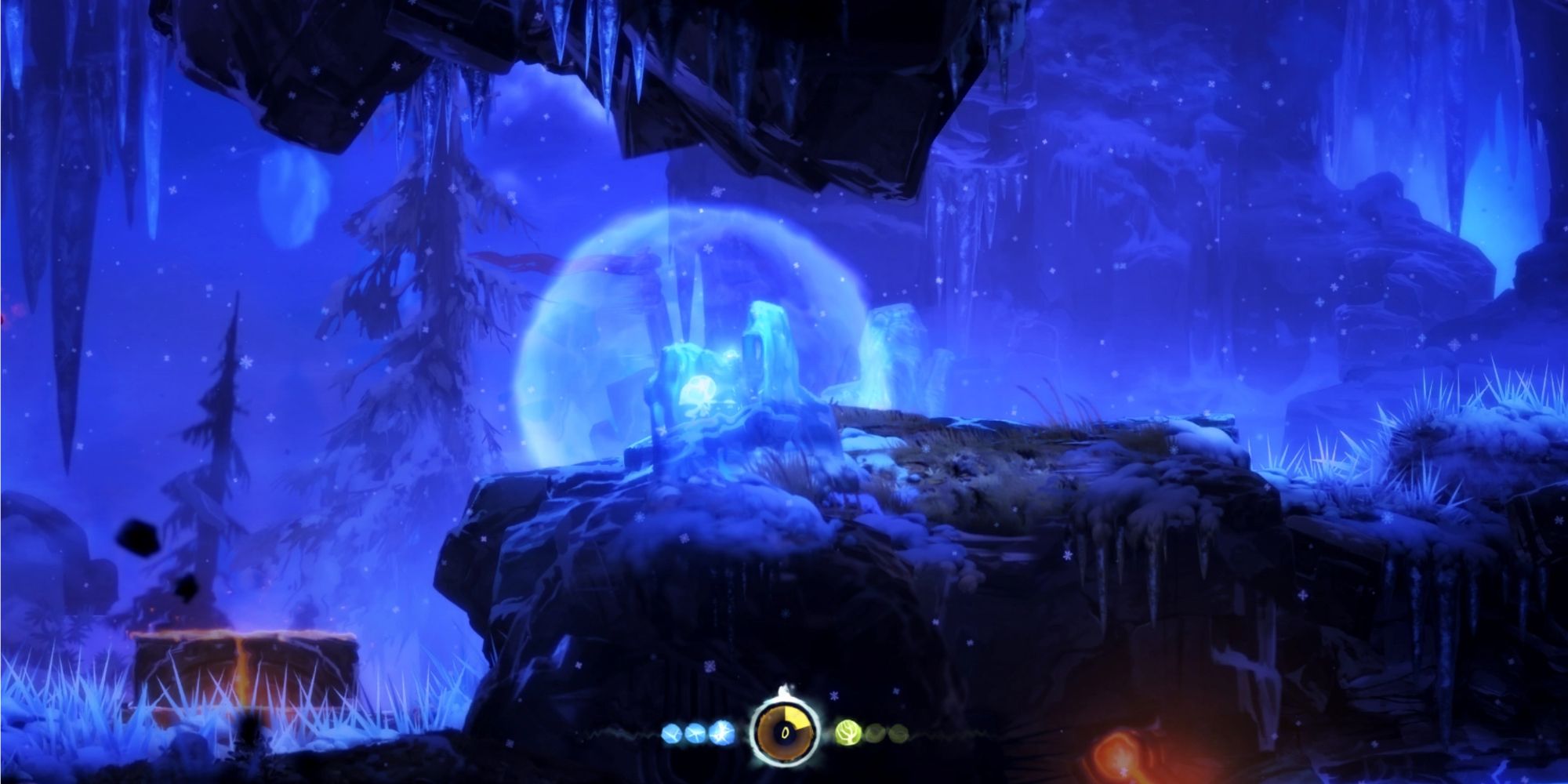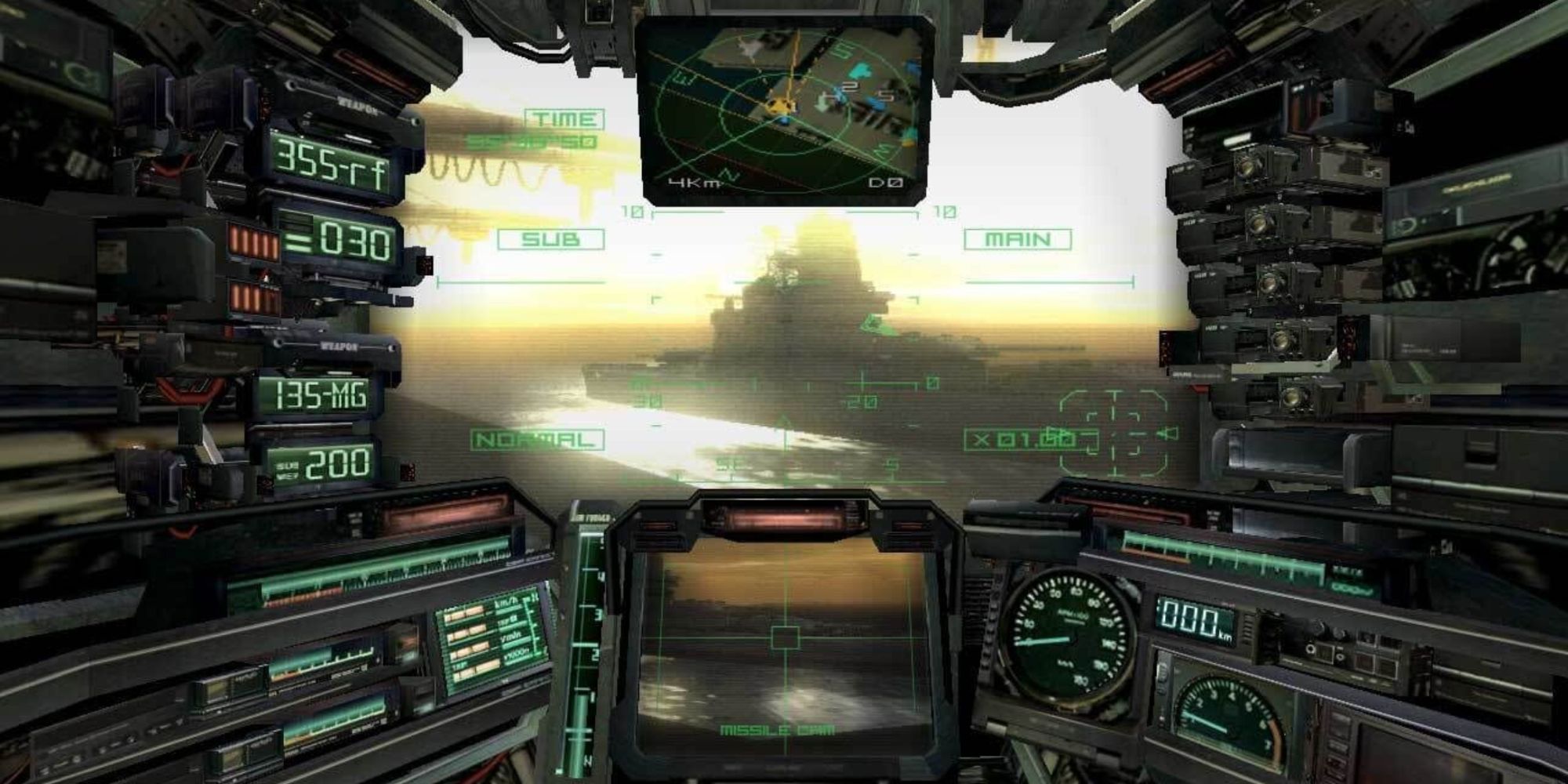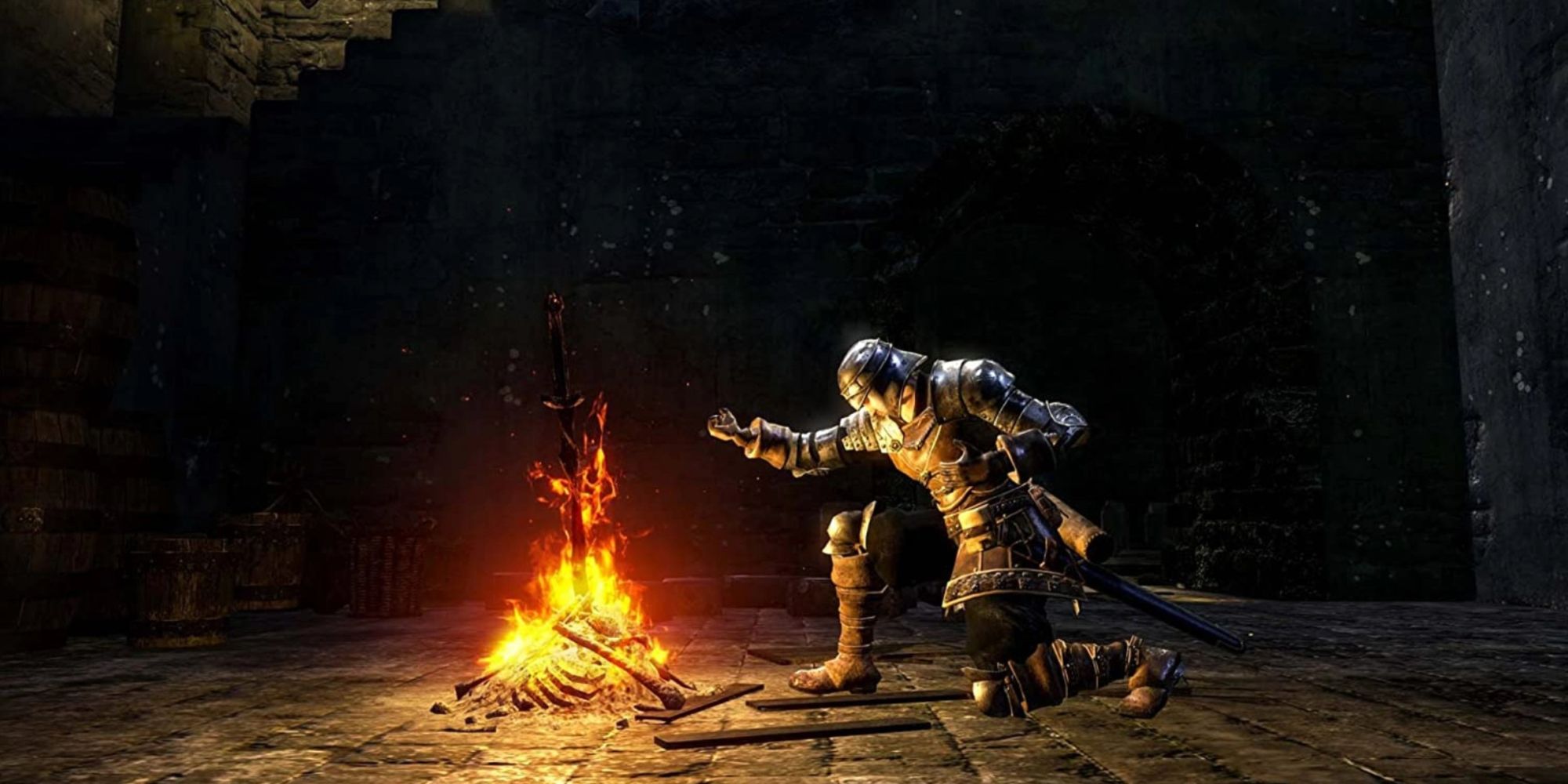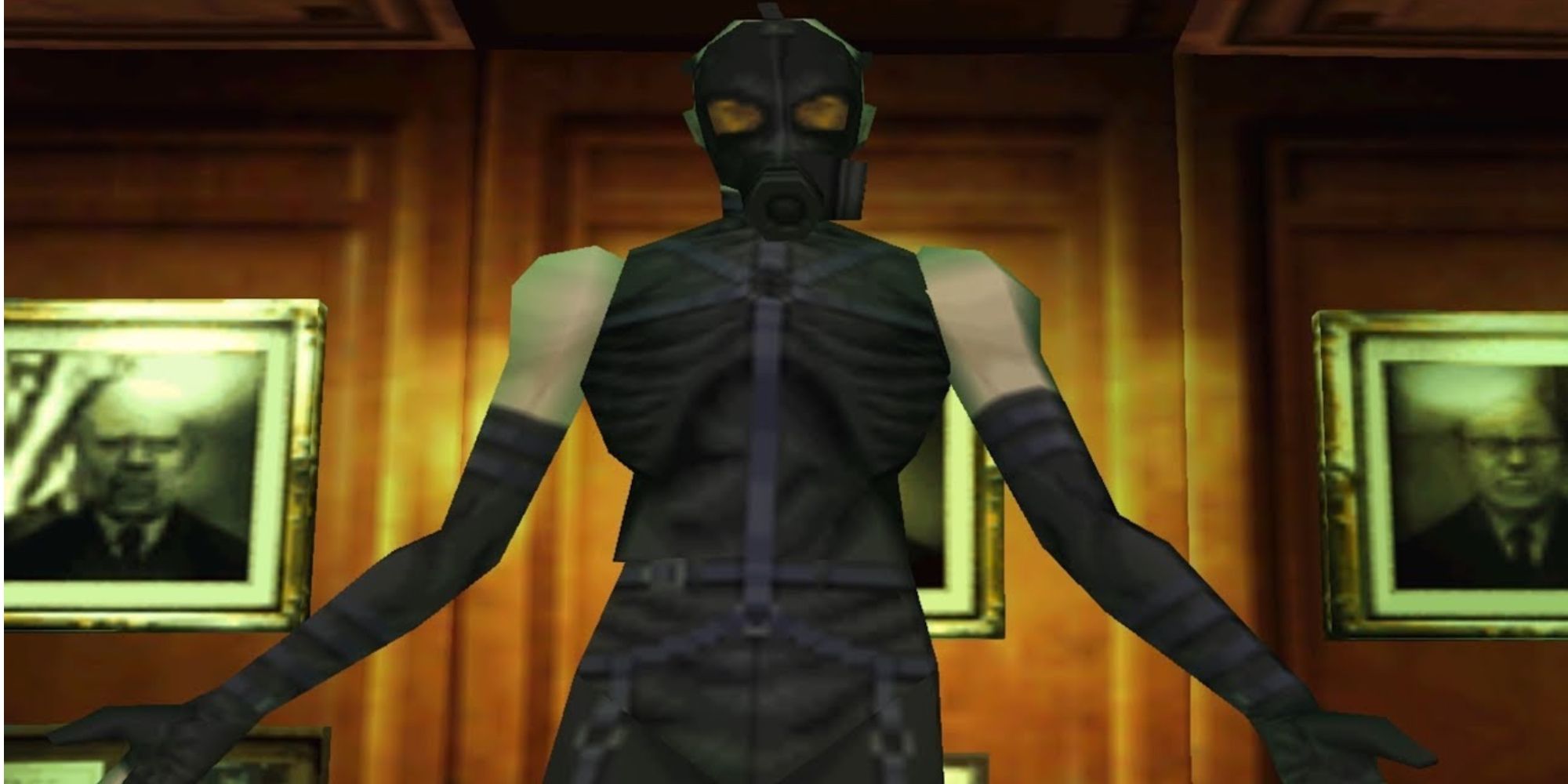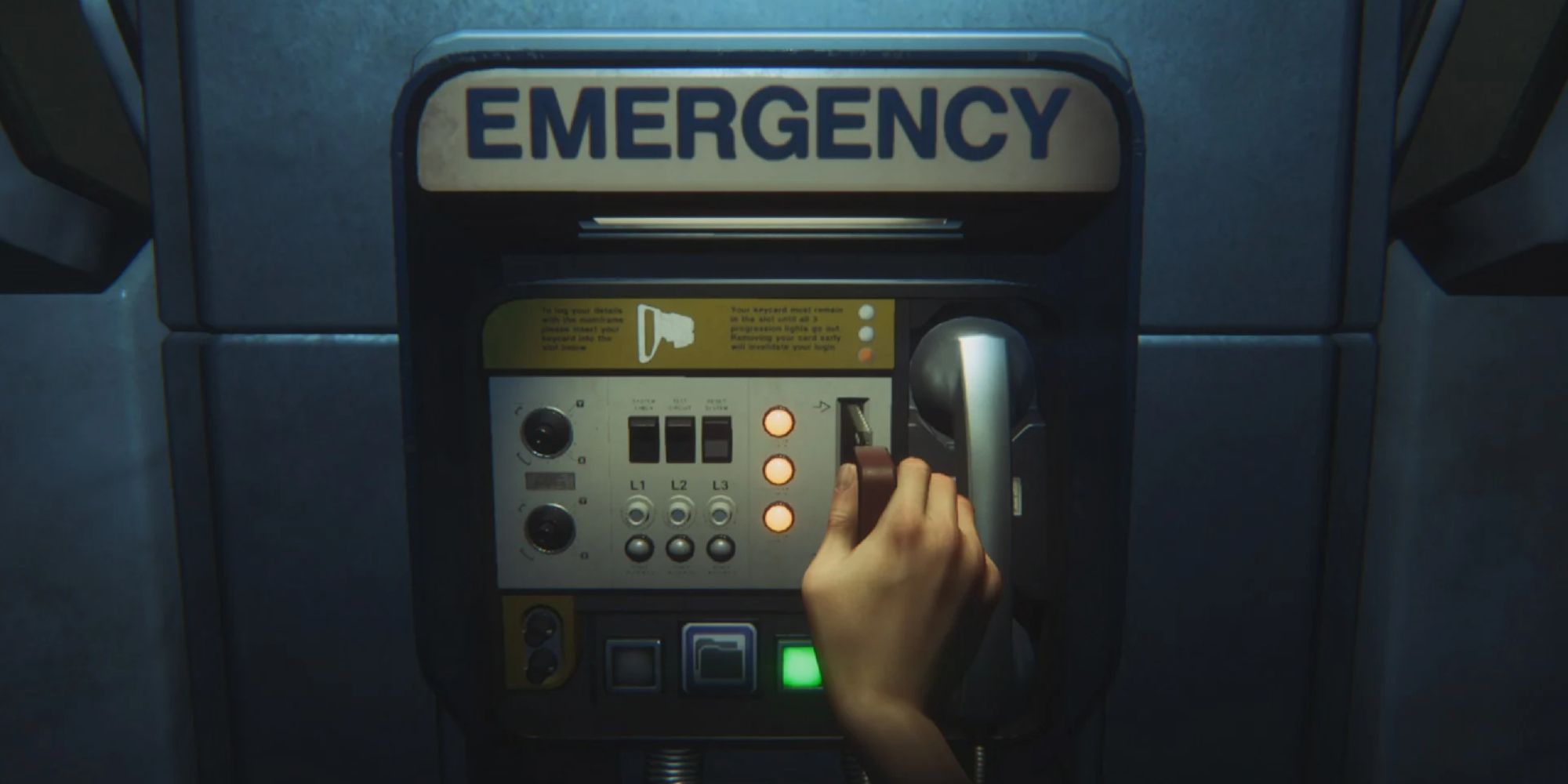One of the most significant details that separates video games from real life is the "Save" option. The ability for players to halt the progress of time at one specific moment, and regardless of what happens afterward, they can return to that moment, and the game world around them will follow suit. It's a nearly perfect solution for avoiding death, undoing the consequences of a poor decision, or even just seeing how things would play out if a different choice had been made.
Very little about save options have changed since the arrival of the autosave. Now games either make saving automatic or deliberately make the player save manually to add tension to the experience. Over the years, some games have tried to innovate on the idea of a save option, with varying degrees of success. Here are a few of the best examples of save option innovation.
8 Resident Evil (1996)
The game that put survival horror on the map on a global scale, Resident Evil has spawned a massive franchise that consists of over a dozen games, a film saga, and a recent Netflix series. Back when the first game came out, it had some unique ideas for how saving the game would work.
Specifically, the game would tie the player's ability to save to an item called a Ribbon. It was meant to be used in a typewriter, which would allow the player to save their progress. If the player didn't have a Ribbon in their inventory, they weren't able to save. It was a fresh idea but ultimately a misguided one. Having a Ribbon always taking up an inventory slot became a hassle when each slot was so valuable for carrying healing items, weapons, ammo, and so on. The series quickly did away with the idea as it moved forward.
7 Mother 3 (2006)
The entire Mother series tried to do something new with their save points, but the most bizarre and unusual of the bunch was the "Save Frogs" in Mother 3. Traditionally, save points in games were at fixed locations, placed strategically along the player's path to allow them to save before a big battle or major story moment.
Mother 3 hid Save Frogs all over the place. They were in unlikely, off-the-beaten-path locations that players would have to thoroughly search to find. There were even different types of Save Frog, such as a Ghost Frog and a Scuba Diving Frog. At the end of the game, one Save Frog even retires to spend more time with its kids. There are a lot of unique ideas about save points out there, but none quite hit the same notes as this one.
6 Ori And The Blind Forest (2015)
Few games have given players as much freedom to choose their own save points as Ori and the Blind Forest, and that's a good thing because frequent breaks are necessary to wipe away the tears. The game's idea is a blend of a save menu and a pre-chosen save point location, and there isn't really any other game that does something similar.
Ori has a resource called Energy Cells, acquired early on and refilled by fighting enemies. These cells can be used to power a number of skills, one of which is creating a Soul Link. The Soul Link is basically just a save point, but it can be placed anywhere so long as the player is outside of combat. This allowed for a massive amount of player agency regarding play session time. Ori even had a skill tree that could upgrade the Soul Link, allowing old Links to be reused, and eventually upgraded into Soul Wells which could double as fast travel points.
5 Steel Battalion (2002)
This mech pilot sim for the Xbox came packaged with an absurdly big controller that sported a pair of huge joysticks, a throttle, and a half dozen other buttons and knobs for piloting various mech suits. There was also an "Eject" button on the right-hand side of the controller - complete with a protective cover that needed to be flipped up to access it - that directly affected a player's save ability.
Specifically, if a player's mech was about to be destroyed, they would have to flip up the cover and hit the "Eject" button before the suit blew up. If they didn't, not only was their mech destroyed but their pilot was killed along with it. For added immersion, failure to eject on time would result in the game deleting the player's entire save file. It was a crazy idea, and didn't catch on for obvious reasons, but the developers of Steel Battalion deserve some credit for thinking way outside the box.
4 Rain World (2017)
When a game wants to be brutally challenging, it will usually make some adjustments to the save point system to ensure players don't rely too heavily on it. That is very much the case with Rain World, a survival-horror platformer where players control a Slugcat and navigate them through a hostile world filled with dangerous creatures and deadly torrential rainstorms.
The game's save points are called "Hibernation Pods," and they act as both checkpoints and shelters from the rain that arrives every 15 real-world minutes or so. The trick here is that surviving the rain is not as simple as just remaining in the Hibernation Pod. The Slugcat needs to have eaten enough food to not starve during their hibernation. If it dies in the Hibernation Pod, it gets sent back to the previous Pod it successfully survived in, and the player will have to find their way back to progress the game. It's a very punishing system that refuses to forgive even the slightest mistake, but it does a fantastic job of reinforcing the game's world-building.
3 Dark Souls (2011)
It's hard to imagine a world without bonfires as save points. The mechanic is now so commonly used across gaming that it blends into the background, similarly to climbing a tall structure to fill in a section of the map like the trend started by Assassin's Creed.
When Dark Souls first came on the scene, its save mechanic was entirely unique. The bonfires aren't the game's only way to save. In fact, Dark Souls is constantly autosaving, so players are totally incapable of reloading a previous save to undo a mistake. Bonfires were the foil to that system; the one place where players could intentionally save their game. Bonfires also acted as checkpoints, fast travel hubs, leveling up menus, and more. Despite the now common use of bonfires or their surrogates in all kinds of games, there are still few feelings as glorious as spotting the glow of those embers after a grueling battle sequence in the original Dark Souls.
2 Metal Gear Solid (1998)
This list has covered a lot of games from all eras and the ways in which they've iterated on their save game options. However, there is only one game that engages with the save files of other games that are present on the console, and that game is the original Metal Gear Solid and the Psycho Mantis boss fight.
Psycho Mantis is an extremely powerful psychic, and this is stated several times throughout the game. However, in order to drive this point home, director Hideo Kojima did something totally inspired and completely out of left field. When the boss fight with Psycho Mantis begins, he'll first read the player's save file and comment on their actions throughout the game, such as being overly violent or finding lots of hidden items. Then, he'll start commenting on other Konami games that have save files on the same memory card. Games such as Castlevania: Symphony of the Night, Azure Dreams, and Suikoden would all prompt unique dialogue from the boss. It was absolutely mindblowing at the time, and no game has attempted anything like it since.
1 Alien: Isolation (2014)
Alien: Isolation is a tense game. Particularly when the Xenomorph is nearby, there isn't a single moment when players can feel that they're truly safe. In a cruel twist, that includes when they attempt to save their game.
Save points are presented as emergency phones placed throughout the game world. They aren't indicated on any map, but they emit a loud beeping to let the player know where they are. Unfortunately, the animation for saving the game takes a long time to play out, and it leaves players wide open to an attack until it's finished. Worst of all, the whole process requires facing a wall, meaning players will have no sense of what's going on behind them...until it's too late.

